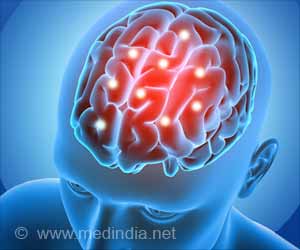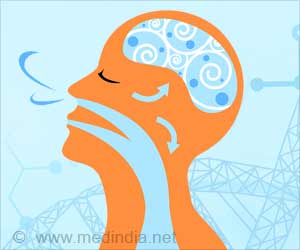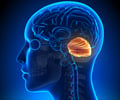
‘By blocking a particular family of enzymes called GCK-IV, it may be possible to develop new therapies for treating neurodegenerative diseases like glaucoma and Alzheimer’s disease. In glaucoma, blocking RGCs can improve long-term survival and promote the regeneration of neurons.’
Read More..Tweet it Now
Researchers know that by blocking an enzyme called dual leucine zipper kinase (DLK), neurons can be protected from various neurodegenerative disease models. DLK also blocks axonal regeneration.Read More..
No effective methods have been identified till now to modify genes to improve both long-term survival of neurons and promote regeneration.
The research led by the University of California San Diego School of Medicine and Shiley Eye Institute at UC San Diego Health has been published in the journal PNAS
The researchers found another family of enzymes called germinal cell kinase four kinases (GCK-IV kinases). Blocking this enzyme shows a neuroprotective effect while also allows axon regeneration. This makes therapeutic approach for treating some neurodegenerative diseases important.
Senior author Derek Welsbie, MD, PhD, associate professor of ophthalmology in the Viterbi Family Department of Ophthalmology at Shiley Eye Institute, said “We basically figured out that there are a set of genes that, when inhibited, allow optic nerve cells to survive and regenerate. Prior to this work, the field knew how to get these cells to survive, but not regenerate. Conversely, there are ways to promote regeneration, but then the survival was rather modest. Of course, for a successful strategy of vision restoration, you need both and this is a step in that direction.”
Advertisement
In the first screen, well-studied chemicals were tested to assess their ability to increase the survival of RGCs. In the second screen the ability of chemicals to promote regeneration was studied.
Advertisement
The researchers focused on RGCs as they are interested in optic neuropathies like glaucoma. Glaucoma is a neurodegenerative disease in which there is a progressive loss of RGCs and their axons. This leads to structural and functional damage to the optic nerve which causes visual impairment and blindness.
According to the US Centers for Disease Control and Prevention, 3 million Americans have glaucoma and it is the second leading cause of blindness in the world.
The researchers stated that it’s not yet known whether these findings extend to other neuron types, but they noted that the work suggests strong therapeutic possibilities.
Source-Medindia











